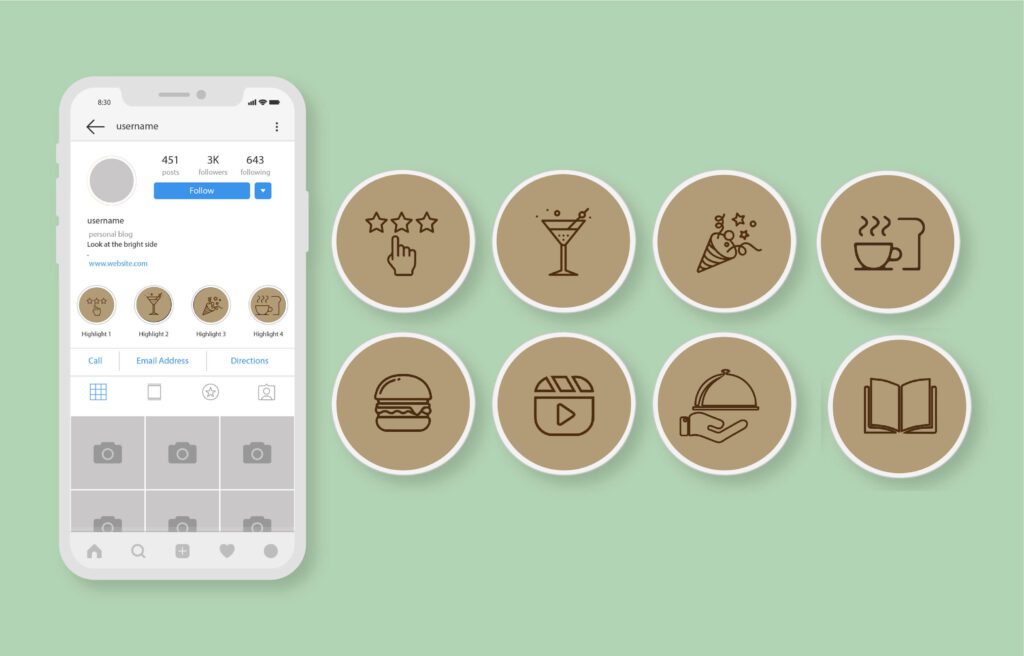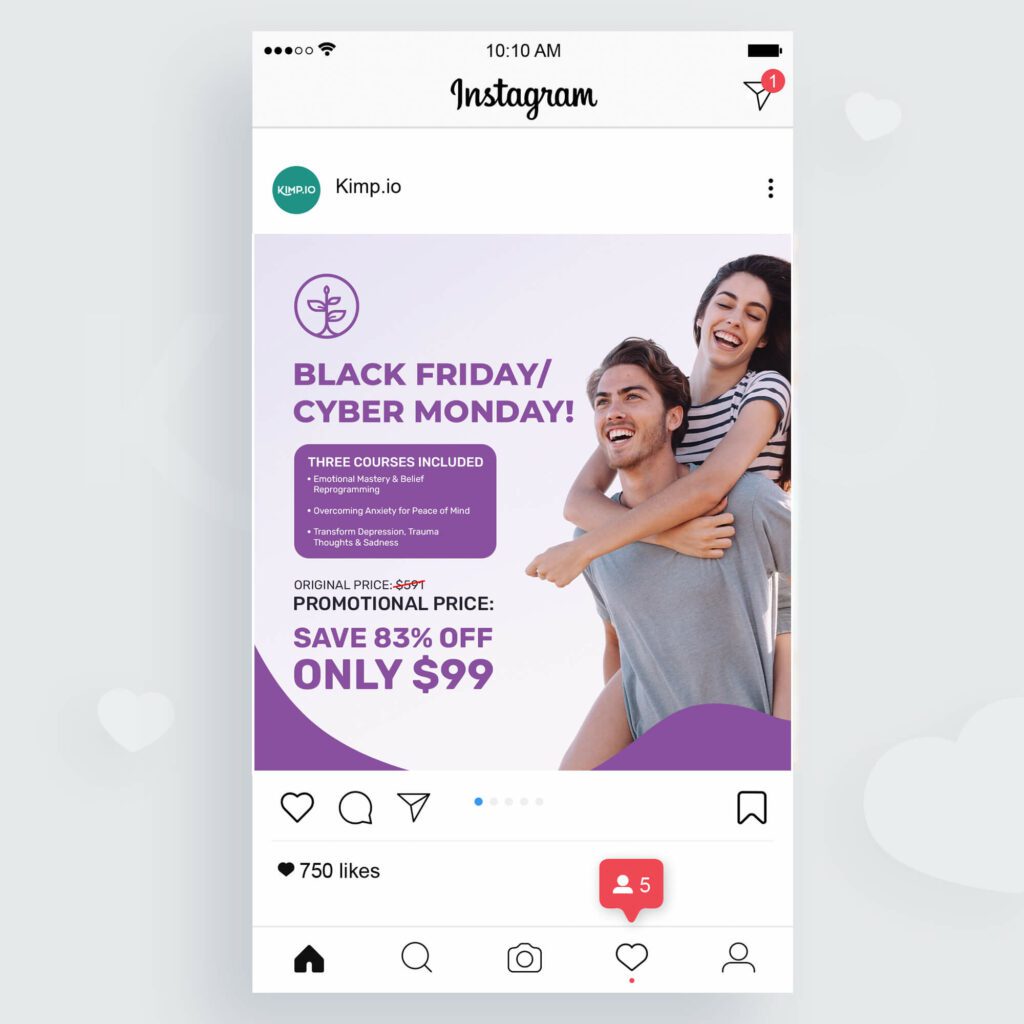Selling Digital Products as a Side Hustle: an Overview
Eager to kickstart a side hustle but unsure where to begin? Look no further. Selling digital products tops the charts! And the best part? You can set up an online store in minutes, even if you’re new to the business world!
So, the initial setup is hassle-free, but now you’re wondering what to sell and how to design your offerings. No need to fret – we’ve got you covered. Whether you’re bursting with creativity and seeking design refinement or looking to explore digital product sales without design expertise, we have got all the answers right here!

But first, let’s take a moment to look at the numerous benefits of selling digital products as a side hustle.
5 reasons why selling digital products is a lucrative side hustle
1. The freedom to go global – when you sell digital products, there’s no hassle of shipping. This, combined with the many international payment options available, makes going global with your business easy.
2. Seamless scaling – without worrying about spending on extra inventory space or an additional manufacturing unit you can scale your business effortlessly.
3. Low overheads – unlike selling physical products, selling digital products comes with slightly lower overheads. This requires no manufacturing, storage, or shipping costs. The result? Higher profit margins and a cost-efficient business model.
4. Freedom to explore different product types – offering variety in your catalog is easier with digital products.
5. Flexibility – when it comes to digital products, there are many ways to sell them. Some sites let you earn commissions for your designs and others let you create a print-on-demand business out of them. There is also the option of creating your own website to sell downloadable digital products. In short, there is ample flexibility to explore when selling digital products.
Okay, so this is a profitable side hustle! That sounds great. But what can you sell and how can you create these digital products? Let’s find out.
7 of the easiest digital products you can start selling in no time
1. Icons

Icons are versatile visual assets. Whether it is to add interactivity to UI design or to make a static image more meaningful – icons are very effective. Therefore, website designers, graphic designers, and marketers are always on the lookout for icons and icon packs to enhance their designs.
Besides, there are several places to sell your icons. However, the commissions and requirements for setting up shop vary but there are plenty of options. So, let’s look at some design and selling tips to make a profit out of custom icons and icon packs.
KIMP Tips:
- Come up with niche-specific icons and icon packs. This makes targeting the right audience easier.
- Identify the right icon style for the chosen niche. Diversity in terms of 3D icons and flat styles means you are offering plenty of options for your target audience to explore.
- When you list your icon packs, remember to include sample designs to showcase the applications and the aesthetic relevance of these icons for maximum impact.
A low-risk way to tackle this will be to start small and to stick with a niche you are most familiar with. But be ready to scale and add new icons to an existing pack or new packs depending on customer feedback.
This feels particularly manageable when you work with a designated design team that can revisit your old designs and add new ones to the theme.
2. Online courses
As a course creator, you’re not only providing valuable knowledge but also tapping into a rapidly growing industry that caters to diverse learners seeking accessible and convenient education.
Courses claim the top spot among digital products favored by creators, with an impressive 35.7% of content creators opting to sell them. This means 3 things
a) This brings a good opportunity
b) You have to get ready for stiff competition
c) You, therefore, need to be offering something that creates value for your target audience
d) Evidently, you also need brilliant marketing strategies and quality content (read: engaging, visually appealing videos).
Your expertise and the ideas you wish to share with the world will take care of the first 3 but it’s the 4th one that several creators miss out on. The below KIMP tips will tell you how to tackle this.
KIMP Tips:
- Plan your content and break it down into meaningful segments. When you lay down the outline, the chapters, and the topics to cover in each, you’re halfway there!
- Remember to incorporate quizzes, challenges, and other interactive elements in each of your videos/slides.
- Identify the right content format for your course. A simple presentation with voiceover works in some cases. And in others, you might need live demonstration videos and talking head videos to keep the audience engaged. Know what works best for the topic you cover.
- Focus on building a personal brand. Because then it becomes easier to establish your authority in the field and thus build trust in your audience.
- Work with professionals to edit your videos before posting them so that they look consistent and professional.
- Foster an active online community through discussion forums, live Q&A sessions, and collaborative projects.
- Promote your course through social media, digital ads, and email.

3. Illustrations
Data shows that adding illustrations improves the efficacy of following textual instructions by about 323%. And with stock images being used everywhere several marketers like using illustrations in their designs. So, if you are able to create unique illustrations, you are sure to appeal to a large variety of audiences.

KIMP Tips:
- There are various styles of illustrations each of them with different applications. Explore diverse illustration styles to be able to connect with diverse brands and marketers.
- In addition to selling individual illustrated pieces, you can also add illustration bundles categorized based on themes. The option to purchase addons for the bundles opens up upselling opportunities.
- Use mockups to show how and where your illustrations would fit well.
4. Printable art
Who doesn’t love well-decorated homes?! And people are always on the lookout for ways to enhance the aesthetics of their spaces. Printable art happens to be one of the most sought-after items among these home-styling enthusiasts. Amidst the soaring demand for aesthetic artwork, setting up a store selling printable art is definitely a profitable idea.
KIMP Tips:
- Narrow down the print sizes that you want to support and create your designs in the relevant resolutions for the best print quality. You can also have a few trial runs of your design in physical print.
- Introduce seasonal themes in your collections to cater to the seasonal demand spikes. For example, printable Christmas tags and cards will increase your sale close to the holiday season.
- Use mockups to give your customers a preview of what the art will look like in print displayed on a wall. But remember to clearly mention on the listing page that it will be a downloadable digital file.
- Picking a theme makes it easier to promote your store. As we discussed earlier, scaling is always easy when selling digital products. But when it comes to creating a brand and differentiating yourself in a crowded market, you need a strong differentiator. The theme can be floral art, quotes, and so on.
5. Ebooks

The eBooks market is expected to hit a revenue of US$14.16 billion by 2023. And with marketplaces like Amazon KDP, self-publishing is a breeze! Ebooks can be of various types:
- Journals
- Recipe books
- A collection of DIY projects
- Meal planners
- Workout ideas
- Travel guides
KIMP Tips:
- Pay attention to your ebook covers because, yes, people do judge books by their covers! Your ebook cover gives a glimpse of the quality of the content to expect before purchasing it.
- Remember the difference between reading a physical book and reading from a digital screen. Screen strain demands better readability. So, prioritize content organization and typography.
- For the same reason, you also need to incorporate engaging visuals in ebooks. These can be in the form of infographics to summarize ideas or illustrations to tell a story.
- Make your ebook more interactive by including links to useful references, or links to free downloadable content to back up the presented ideas, or even links to videos.
- Foster a community of readers by creating a social media group and discussing topics related to your ebook or even to give existing readers exclusive discounts and updates.
6. Seamless patterns
Seamless patterns have a variety of applications. From being printed on clothes and accessories to being used as backgrounds in designs or as wallpapers, there are many physical and digital products that can be created using seamless patterns. So, you can target a variety of small business owners with a store selling seamless patterns.
KIMP Tips:
- Since patterns tend to be used in various scales quality is something you cannot compromise on. So, create high-resolution designs.
- Create bundles or packs of patterns in similar themes like animal illustration themes or foliage patterns.
- Allow customers to choose from a variety of colors while downloading a design for an extra layer of personalization.
7. Mock-ups
Visualization is an indispensable step in design. And mock-ups make visualizing a design simpler. By offering well-crafted mock-ups, you provide designers, entrepreneurs, and businesses the means to bring their ideas to life.
KIMP Tips:
- Narrow down the categories you wish to focus on – wall art (frames), digital wallpapers (device screens), coffee mugs, and so on.
- Include different angles of the product for better visualization. These can be made available as bundles for the particular product.
- Go for clean clutter-free mock-up designs that throw the spotlight on the product.
- Provide your files with editable layers and the most preferred file formats based on your chosen niche.
Now that we have spoken about the “what” of selling digital products as a side hustle, let’s discuss the “how”.
Tips to create marketable digital products
Identify the right design path
The first question to ask is – how do you source the designs to sell? If you are a designer, this question is out of the way. Otherwise, you have 3 options:
- Use a DIY design tool to create designs to sell (double-check the licensing terms of the downloaded designs).
- Hire a freelance designer to create the designs you wish to sell (pay attention to the terms of the contract to be sure that the created designs can be sold without licensing issues)
- Work with an unlimited graphic design company that supports white label designs. These are designs created from scratch and suitable for commercial use. The added benefit here is that your unlimited design subscription also covers a variety of design types meaning that you can work with the team to create marketing designs to promote your digital products online.
Narrow down your niche
Like any other business, when it comes to selling digital products, you need to identify the niche that aligns with your passion and your area of expertise. When you have this, you can narrow down your target audience. With that information, you can then identify the best type of content to create for them. By delivering tailored solutions, you increase the appeal and relevance of your offerings, driving engagement and sales.
Choose the right marketplace
Discovering the perfect marketplace can be the game-changer in your side hustle’s success. Your selection hinges on your target audience and product type. After narrowing down your choices, jot down each marketplace’s essentials and weigh them to find the right fit for your business approach.
Brand building
Whether you choose to sell through a marketplace or create a website of your own, you need to have a strong brand to make a difference. Begin with a captivating logo and a consistent color palette that embodies your brand’s personality. By crafting a coherent and compelling brand image, you build trust and credibility among your audience, encouraging repeat purchases and building a loyal customer base.
Online promotion of your products
Not everyone who sets up an online store selling digital products makes profits. The difference could lie in the marketing efforts put into promoting the products, the brand. Evidently, online promotions help improve the reach of your digital products. Therefore they increase the chance of your side hustle making it big in the digital world.
- Leverage social media platforms to showcase your creations through eye-catching visuals and engaging content.
- Invest in paid advertising to bring people to your store.
- Implement email campaigns to connect directly with potential buyers and keep them informed about new releases and offers.
Kickstart a side hustle selling digital products by collaborating with the design teams at KIMP
Where does an unlimited design subscription fit into the idea of selling digital products as a side hustle? From crafting the core designs you sell, to building vital brand elements and promotional ads, even extending to social media designs that focus on community growth – teaming up with a design team brings immense value.
The design team takes up the design responsibilities, freeing you to concentrate on other aspects of running your side hustle. Moreover, this collaboration supports seamless scalability. Because it comes with the assurance of receiving unlimited designs every month, providing a strong foundation for a profitable side hustle.
So, what are you waiting for? Register now for a free trial!